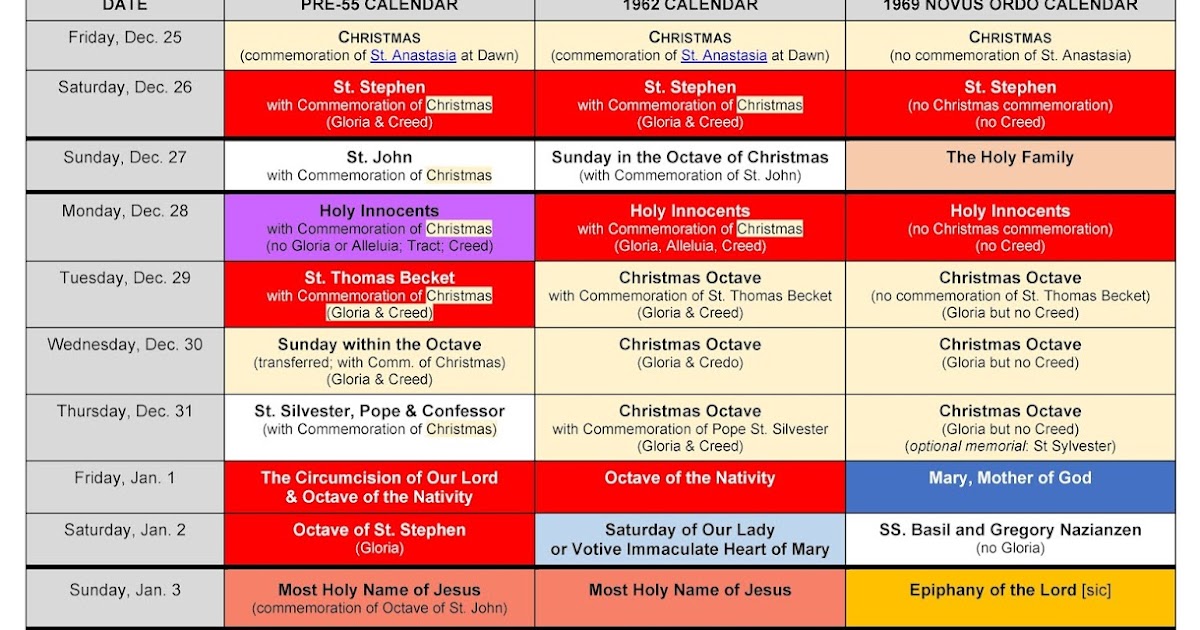
http://www.traditio.com/comment/com2102.htm#210217
The Roman rite ordinarily allows only five colors: white, red, green, violet, and black in any shade. However, cloth of silver is allowed to replace white fabric out of which the vestment is made (not the ornamentation), and cloth of gold is allowed to replace white, red, or green. We are not aware of any prohibition of the use of gold also in tabernacle veils.
5色=白、赤、緑、紫、黒、+(年1回ピンク)
銀は白と代替できる
金は白、赤、緑と代替できる
金の聖櫃布は禁じられてはいない
As if Consumed in the Fires of Hell
Cremation Subjects the Human Body
To Temperatures up to 1,000 degrees Celsius
For a Period of Ninety Minutes
Accelerated by Oil, Gas, and/or Propane
Cremation after Death Is an Uncatholic
And Prohibited Method of Disposing of a Human Body
"The Temple of the Holy Ghost"
By Traditional Catholic Canon Law Anyone
Who Directs that His Body Be Given over to Cremation
Is to Be Denied Ecclesiastical Burial
Cremation is an unCatholic and prohibited method of disposing of the body after death. By traditional Canon Law (Canon 1203), anyone who directs that his body be given over to cremation is to be denied ecclesiastical burial.
Cremation has long been associated with pagan customs (the ancient Romans customarily burned their dead during the most corrupt period from the Late Republic to the mid third century, when Christianity became the empire's religion) or with the denial of the Resurrection (cremation became popular around the time of the 18th-century "Enlightenment," when it was advocated by atheists and agnostics as a visual symbol of the denial of the soul's existence).
Among the Hindus and Buddhists, the practice is quite common. Since these pagans believe in the reincarnation of men, it only follows that the body is not kept as a sacred temple of God, for (as they believe) the soul will just possess another one at a different time and place of existence after its release by death, perhaps being changed into a mole, an insect, or a bacterium.
The Christian custom of burial of the dead, and not cremation, dates back to the time of Christ. In the New Testament, given that Our Lord's Body was not cast into flames, even though He died under the hands of the Romans, we have the most fundamental example of respect for the body that could be learned. Christ, Our Lord and Master, was not cremated, so neither are we ourselves allowed this condemned practice.
Given how cremation has been perverted even further by the atheists and anti-religionists in modern society, one sees the traditional wisdom of the Church. It is bad enough that the temple of the Holy Ghost be burned to a crisp at temperatures of up to 1,000 degrees Celsius for a period of ninety minutes, accelerated by oil, gas, and/or propane, but it is even worse when the ashes and bone fragments aren't even buried or inurned, but instead tossed out into the garden, the ocean, the forest, etc.
Some try to justify cremation on the basis of supposedly lower cost, but that is a specious justification. If one insists on the minimal requirements, the expense of interment (ground burial) can be kept to a minimum, nor is cremation necessarily inexpensive in comparison. If one is without sufficient means, one can always avail oneself of potter's field. For those who wish a method other than interment, entombment is an ancient Christian alternative.
http://www.traditio.com/comment/com2012.htm#201229
he never disjoins his fingers(人差指) and thumbs(親指) until after the washing of his fingers
After this he never disjoins his fingers and thumbs, except when he is to take the Host, until after the washing of his fingers.
This was not the vision for this building when it was opened. When he preached at the opening Mass on 20th October 1874, Cardinal Manning declared: “A sanctuary has been opened to be specifically devoted to the adoration of the Blessed Sacrament.” This was the first Catholic Church in this land to be dedicated to Corpus Christi after the Protestant Reformation and it was built in reparation for the sins committed against the Blessed Sacrament in those days and in the centuries that followed. Cardinal Manning opened the church to reaffirm the beating heart of our Catholic life, the Mass, i.e. the earthly reality and presence of the Body and Blood of Christ.
1. A plenary indulgence is granted to the Christian faithful who, in a church or in an oratory, are present [take part] in a recitation or solemn chant of: ...
1° the hymn Veni Creator ... on the first day of the year, imploring divine assistance for the whole of the coming year...
2° the Te Deum hymn, on the last day of the year, in thanksgiving to God for the favors received in the course of the entire year.
http://throwthebumsoutin2010.blogspot.jp/2017/12/two-plenary-indulgences-this-weekend.html





















